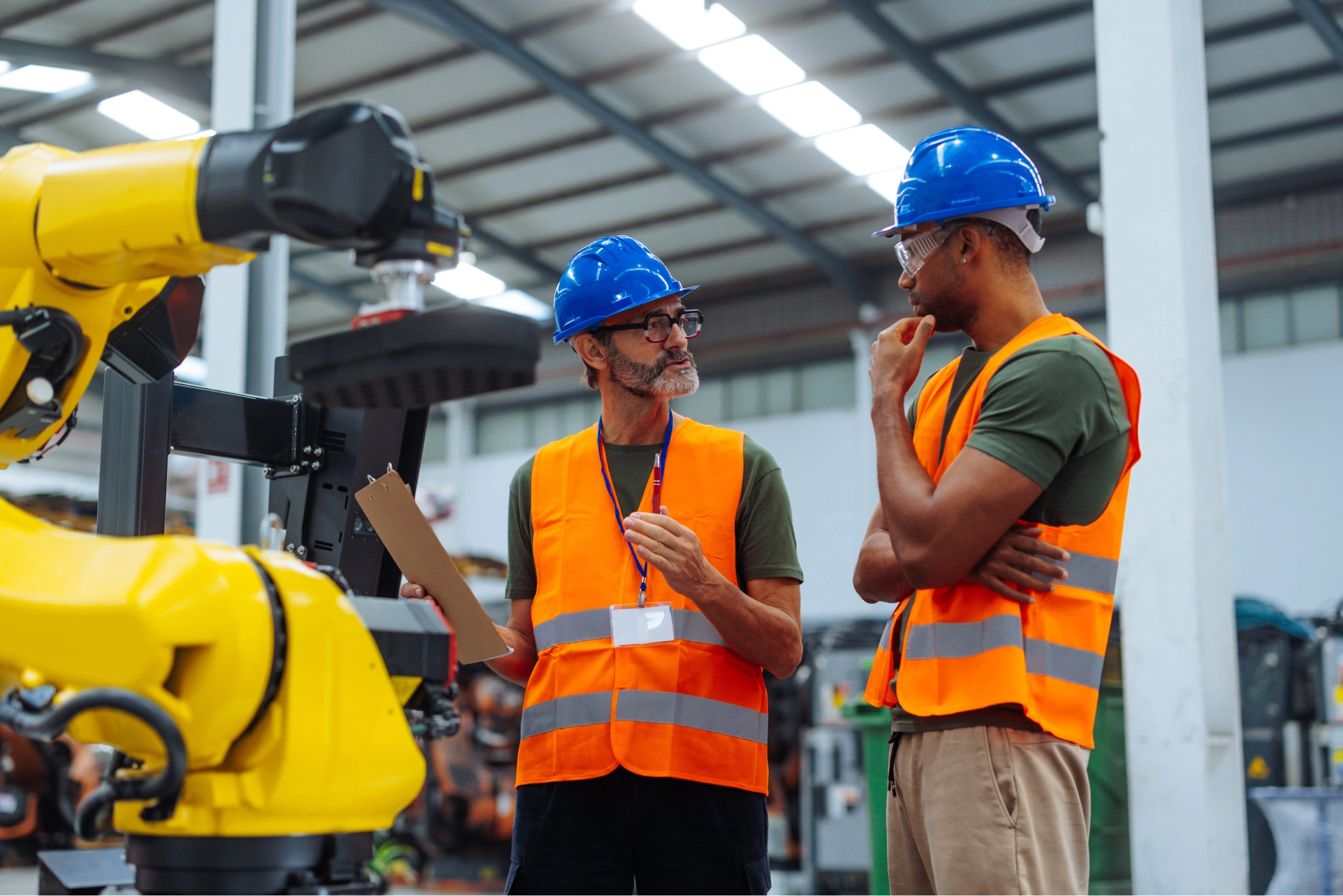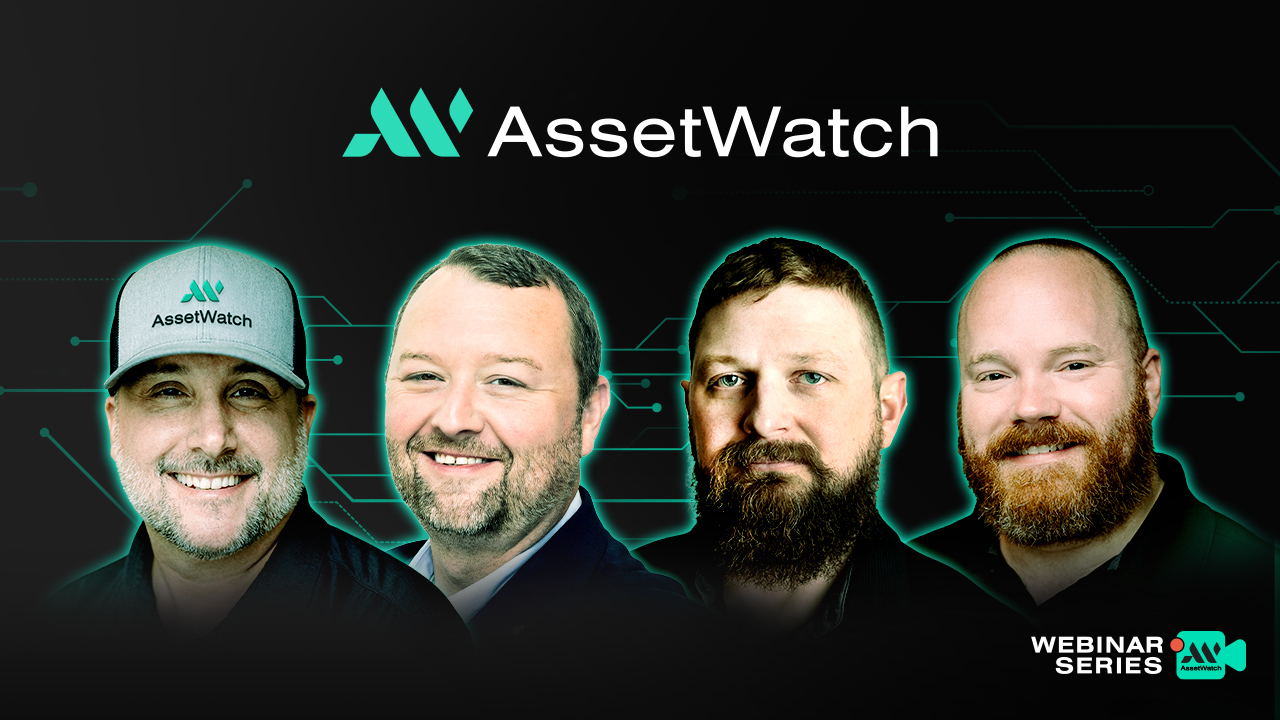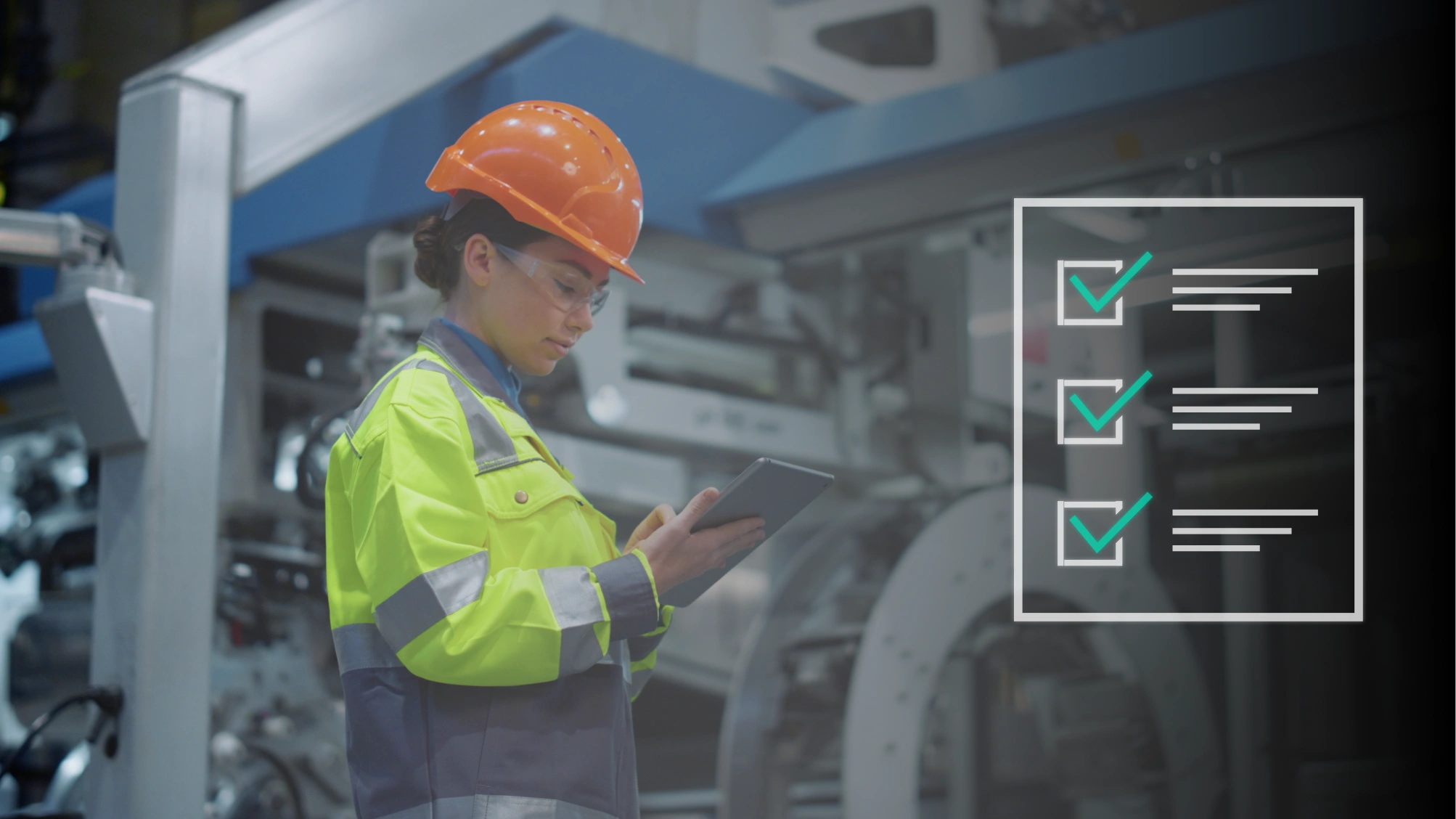Too many predictive maintenance (PdM) programs promise big results, but they lose steam. Adoption is sluggish, teams are bombarded with data, maintenance inefficiencies persist, and the expected ROI doesn't materialize.
What's the problem? Well, it could be many things: the setup, the strategy, or the way success is defined (or not). It could be a lack of critical support where skill gaps exist or maintenance priorities aren't clear.
The truth is, PdM is either simple, or it's needlessly complex. If it's the latter case, teams run into trouble. PdM technologies and data fail to deliver value.
If your facility has struggled to get PdM off the ground—or you’re trying to avoid that outcome—this post will show you where most efforts go wrong and how to build a predictive maintenance program that works from day one.
Common reasons why predictive maintenance programs fail
More often than not, the technology isn't the problem. PdM failures often come down to people, planning, and process. Here are the most common reasons predictive maintenance programs fail.
1. Lack of a strategic maintenance plan
Many teams treat PdM like a bolt-on tool instead of a foundational shift in maintenance strategy. Without a clear sense of purpose or direction, teams can fall into a reactive cycle, overwhelmed by alerts and unsure of next steps.
2. Data quality issues
PdM relies heavily on high-fidelity data. If sensor data is noisy, inconsistent, or incomplete, AI models can’t accurately predict failures. Poor sensor placement, improper mounting, or environmental interference can all result in misleading insights that derail trust and momentum.
3. No human oversight
AI-driven tools are powerful, but they need context. If a predictive maintenance solution lacks a skilled condition monitoring engineer (CME) to interpret the findings, prioritize risks, and guide maintenance actions, teams end up second-guessing the system or ignoring it entirely. The result? Frustration, missed opportunities, and unnecessary maintenance activities.
4. Misalignment among stakeholders
When maintenance, operations, and leadership aren’t aligned on goals or KPIs, PdM efforts stall. Some teams chase uptime while others focus on cost or compliance. Without a unified vision, it’s nearly impossible to roll out a scalable predictive maintenance strategy.
Common mistakes that sabotage predictive maintenance efforts
Even the best intentions can lead to missteps. To ensure you're getting the most out of your predictive maintenance investment, be sure to avoid these pitfalls.
❌ Launching without a pilot
Jumping straight into full deployment without testing your predictive maintenance model can be a costly mistake. A well-designed pilot program helps validate sensor performance, AI accuracy, and workflow integration—without putting production at risk.
❌ Ignoring the value of expert support
Relying solely on dashboards or AI outputs leaves a massive gap in your predictive maintenance work. Human-in-the-loop support—especially from certified vibration analysts—ensures accuracy of predictive models, zero false positives, and prescriptive insights your team needs to act fast.
❌ Underestimating the cultural shift
For maintenance professionals long accustomed to reactive or even preventive maintenance mode, condition-based maintenance is an entirely new way of working. Teams may resist new technologies and workflows unless they’re presented with proper training, context, and quick asset saves.
Looking to get started with a predictive maintenance system? Before you launch, read our PdM pilot program checklist. It covers everything from asset selection and condition monitoring setup to securing team buy-in and scaling smoothly. With this simple step-by-step guide, you'll learn how to lay the foundation for success.
How to set up your predictive maintenance program for maximum ROI
If you’re just starting—or re-starting—a predictive maintenance program, here’s how to make the transition seamless and drive value from day one.
✅ Start with clear goals
Whether you're trying to reduce machine downtime, eliminate unnecessary preventive maintenance, or optimize your maintenance schedule, set specific KPIs tied to business value. These metrics will anchor your PdM efforts and help justify continued investment.
✅ Choose scalable technology with AI + human insight
A successful PdM system combines AI-powered anomaly detection with human validation. Advanced AI can predict failures across 100+ failure modes, while a dedicated CME can prioritize alerts, verify sensor data, and deliver prescriptive maintenance recommendations.
✅ Use a phased implementation strategy
Start with a pilot on critical assets. Monitor sensor data and assess the effectiveness of predictive analytics. Use early asset saves to build momentum, gain buy-in, and plan your expansion.
✅ Ensure cross-functional alignment
Integrate PdM into your facility’s broader asset management and maintenance plan. Bring operations, engineering, and leadership to the table. When everyone understands how predictive maintenance supports uptime, efficiency, and safety, it’s easier to scale.
✅ Provide continuous training and support
Your CME can help your team better understand how to interpret data and conduct maintenance actions. Ongoing coaching and CME support will keep the team engaged, build their confidence, reduce guesswork, and ensure accurate execution of maintenance interventions.
Our recent webinar Chaos-Free Condition Monitoring explores how simple predictive maintenance can be. You'll learn how advanced AI, combined with human experts working in the trenches day to day with facility teams, makes both work and asset saves easy. Watch the replay here.
Build the foundation for steady PdM gains long term: 4 key steps
Quick saves early on are important, but they’re not enough. For PdM to become a core part of your maintenance model, you need to focus on long-term sustainability.
1. Centralize your predictive maintenance strategy
Define global standards for tools, reporting, and metrics, while allowing local teams to retain ownership of day-to-day execution. This balance allows you to scale condition-based maintenance efforts without sacrificing flexibility.
2. Maintain a feedback loop between AI and people
AI algorithms should learn from outcomes. When CMEs analyze alerts and track maintenance results, they can feed that insight back into the system—improving the accuracy of predictive analytics over time.
3. Keep a pulse on performance
Use historical metrics like remaining useful life, reduction in machine downtime, and overall maintenance costs to track success. Balance those with actionable maintenance metrics such as mean time to resolution and mean time between faults. These benchmarks will help you measure ROI, identify gaps or delays in your predictive maintenance schedule, and improve your processes.
4. Make PdM part of the culture
From CMMS integration to mobile alerts to lunchroom dashboards, reinforce predictive maintenance in daily routines. The more intuitive and seamless the process, the more it will stick.
What predictive maintenance success looks like in practice
Success doesn’t just mean fewer breakdowns. You'll see it manifest in many ways: steady output, a calmer work environment, reduced safety and compliance risks, and a confident, well-supported team.
Here's a glimpse of the day-to-day:
- Knowing about a bearing issue weeks before it becomes a problem, then swapping it out without impacting production to minimize wear and tear and maintain peak performance
- Reducing unnecessary maintenance work and inventory costs by focusing only on machines that actually need attention
- Eliminating the risk of equipment failure thanks to AI anomaly alerts that catch subtle but critical changes
- Having a CME, who's dedicated to your facility, help diagnose issues and send step-by-step recommendations to your phone, CMMS, or inbox
- Seeing maintenance KPIs improve quarter over quarter—less downtime, lower costs, higher reliability
PdM powered by industry 4.0 tech, AI, machine learning, and dedicated human experts offers a whole new level of proactive power. With reliable real-time data and the support and tools needed for teams to align and take action, you'll soon see a measurable impact on performance, safety, and profitability.
Final thought: Don’t go it alone
Predictive maintenance may be rooted in technology, but its success hinges on people. With the right strategy, tools, and expert support, you can avoid the common pitfalls, reduce downtime, and unlock long-term value across your operations.
Ready to turn your PdM challenges into wins? Schedule a free consultation, and let's talk about your operations and how you can build a predictive maintenance program that delivers results—on day one and every day after.


















